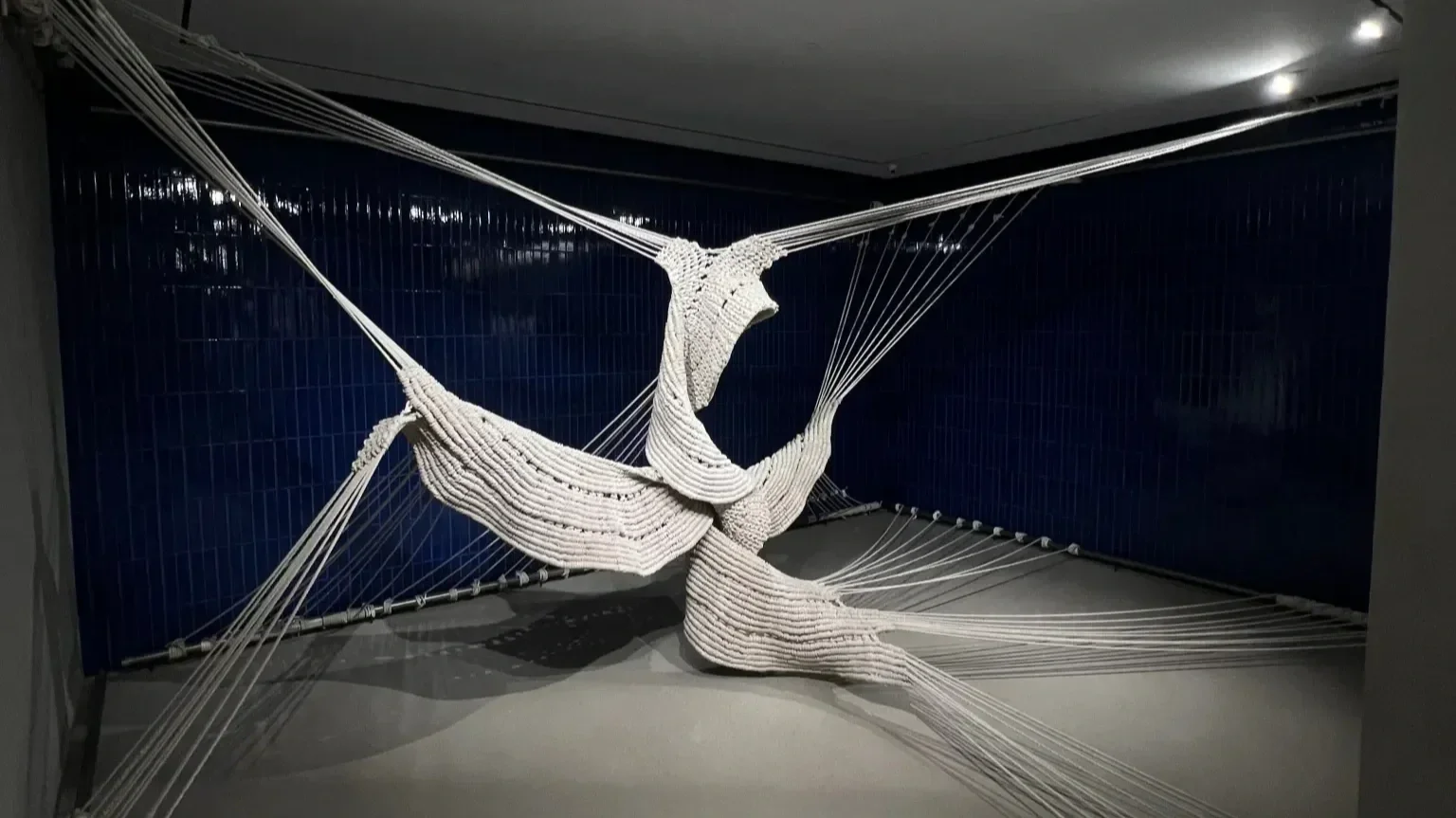The Super Bowl Halftime Show’s Secret Rebellion
On September 8, 2024, the NFL announced that Kendrick Lamar would be the performer for their Super Bowl halftime show. The Super Bowl halftime show is the number one most-watched TV program in the U.S., ranking among the most-watched in the world. During this period, the U.S. was undergoing one of the most influential presidential elections in history, with the first Black woman to be nominated for the presidency by a major political party, Kamala Harris. Her opponent, Donald Trump of the Republican Party, is one of the most contentious, populist style, and far-right nominees in American history.
Lamar is a politically present artist, even becoming the first hip-hop artist to win a Pulitzer Prize for music for his album 'DAMN', which the Committee praised for its social commentary and lyricism about race and modern Black America. Whether Harris or Trump came out as the winner, Lamar's musical performance a month after inauguration day would, in and of itself, be a political statement about the struggles and successes of Black Americans. The way Lamar executed the performance elevated the artistic weight of it to a level unprecedented for that kind of program.
The performance included many symbolic layers, including a fragmented American flag composed of the dancers, representing political polarisation in the U.S. Lamar interrupted some of the music to say, "The revolution won't be televised, you picked the right time but the wrong guy", alluding to the consequences of the historic presidential election just months before. He also references "40 Acres and a Mule," referring to the unfulfilled promises of the government to Black Americans following the Civil War. The performance was one of the most artistically layered and politically significant musical performances viewed on such a vast scale.
Eight months after Lamar's performance, about 3 days ago, the NFL announced that its 2026 halftime show performer would be Bad Bunny (Benito Ocasio). Ocasio is not only one of the most prominent artists in the world, but he has also been incredibly outspoken about the immigration policy of the current administration under Trump and the excessive and unlawful use of force to execute it. By featuring Ocasio for the performance, the NFL showcases Ocasio's Spanish-language music and his cultural prominence at the moment, which is inherently connected to his ongoing political advocacy in support of the rights of Latino-Americans.
As the current administration's policy has actualised, from the political discourse surrounding the initial stages, to the unlawful use of the national guard on American citizens in protest to ICE raids and immigration policy, the NFL has chosen musical performers who hold beliefs in direct contention to the most topical subject of the current administration, both at the time of performer selection and during the performance itself. The NFL has decided to criticise the highest level of power in its country through the symbolism of performance – an audacious, creative and unexpected form of indirectly protesting the administration.
So, in that same breath, which part of the NFL is actually in charge of choosing the performing artist? American rapper Jay-Z's entertainment company provides creative direction and suggests an artist, while the NFL executives make the final decision. So, while Jay-Z's outsider camp might have an opinion on artists who could be an interesting and relevant choice, ultimately, the NFL executives make the final decision.
Performance has long been a form of protest across the world, bringing a multitude of artistic forms to life through sound, colour, movement, and gesture. The subject the artist might protest will vary from artist to artist, government to government, and country to country. In France, musical protest is often directed towards the police and nationalism. Serge Gainsbourg, in 1979, with his reggae-style recording of the French national anthem, addressed both of these issues, and despite receiving death threats, the artist continued to perform it publicly. In the U.S., racial justice is a recurring theme in musical protest, with notably creative examples of performance protest throughout modern history. Nina Simone's 1964 record "Mississippi Goddam" was an iconic example of this. Despite radio stations physically breaking the recordings of that song, the revolutionary artist continued to perform it as an act of defiance against racial injustice at the time.
Bringing music to life as a form of performance protest (even if its meaning may require more analysis to discern than the examples above) lends an entirely new weight to the choice of performer and the performer themselves, particularly when presented in a program ranking among the most-watched events in the world. Because no artistic experience is complete before the audience experiences it. The performer creates the art, and its performance conveys a message they want the world to absorb through reception. On that scale, the performance reverberates across cultures and communities. The performer also risks their career and future safety in service of the meaning being received by many, raising the stakes of the performance to a level nail-biting to experience live.
The use of live performance as a platform for political messaging in a highly nationalised league, on one of the most-watched stages in the world, is an overwhelmingly exciting concept for viewers and a courageous choice by the executives in charge of this decision. In this move, the NFL transcends the domestic and makes a global statement about its country and the societal unrest surrounding the current decline in its political stability. Seeing what Ocasio (Bad Bunny) brings to the stage in terms of his choice of multi modal media in support of his Puerto Rican culture will be an incredible watch for the history books.

